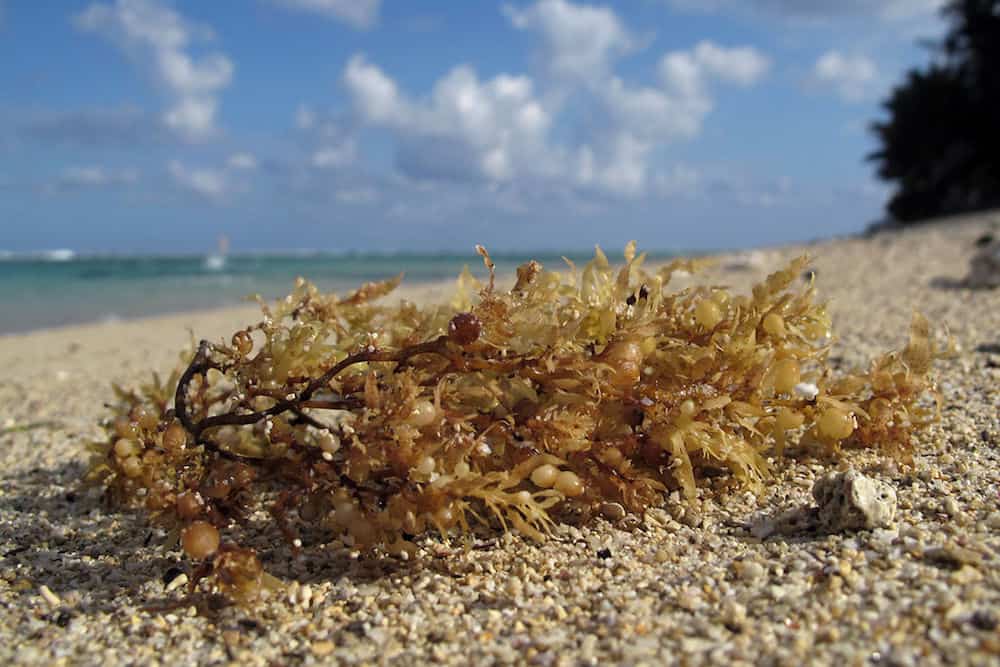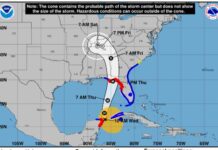
Groups visiting Florida, Mexico and the Caribbean this fall may be in for a new kind of natural disaster: Sargassum seaweed.
Sargassum seaweed is a type of algae that originates in the Gulf of Mexico, and it has been taking over the area’s beaches and coastlines. And it’s not just unattractive, the weeds are actually choking coral reefs and destroying the habitats of birds, sea turtles and fish. Local fisherman and tour boat companies are also having difficulty wading through the weeds, even facing damage to boat propellers, fishing nets and engines.
The first evidence of Sargassum was recorded in 2011, but 2018 has been the worst year yet. While it’s still unclear as to exactly what causes the seaweed’s proliferation, causes could include ocean currents, ocean temperatures, rainfall patterns, hurricanes and nutrient levels, as reported by AccuWeather.
Alfredo Arellano, secretary of Ecology and Environment for Quintana Roo, Mexico, told Riviera Maya News in June that 717 masses of seaweed had already been removed in 2018. Resorts are using heavy machinery to collect the seaweed, while removal boats have also been tasked with collecting the algae before it even reaches the shores. Other places, like Belize, have begun burying the seaweed, while Barbados declared the sargassum invasion a national emergency in June, urging locals to find a commercial use for it.
Meeting planners who have meetings booked in these areas should check in with their host resorts or hotels to see about their method of cleaning up the seaweed, especially if you have an event planned on the beach. That said, if you do already have beach activities in place, you can rest assured that the seaweed is not harmful to humans.










